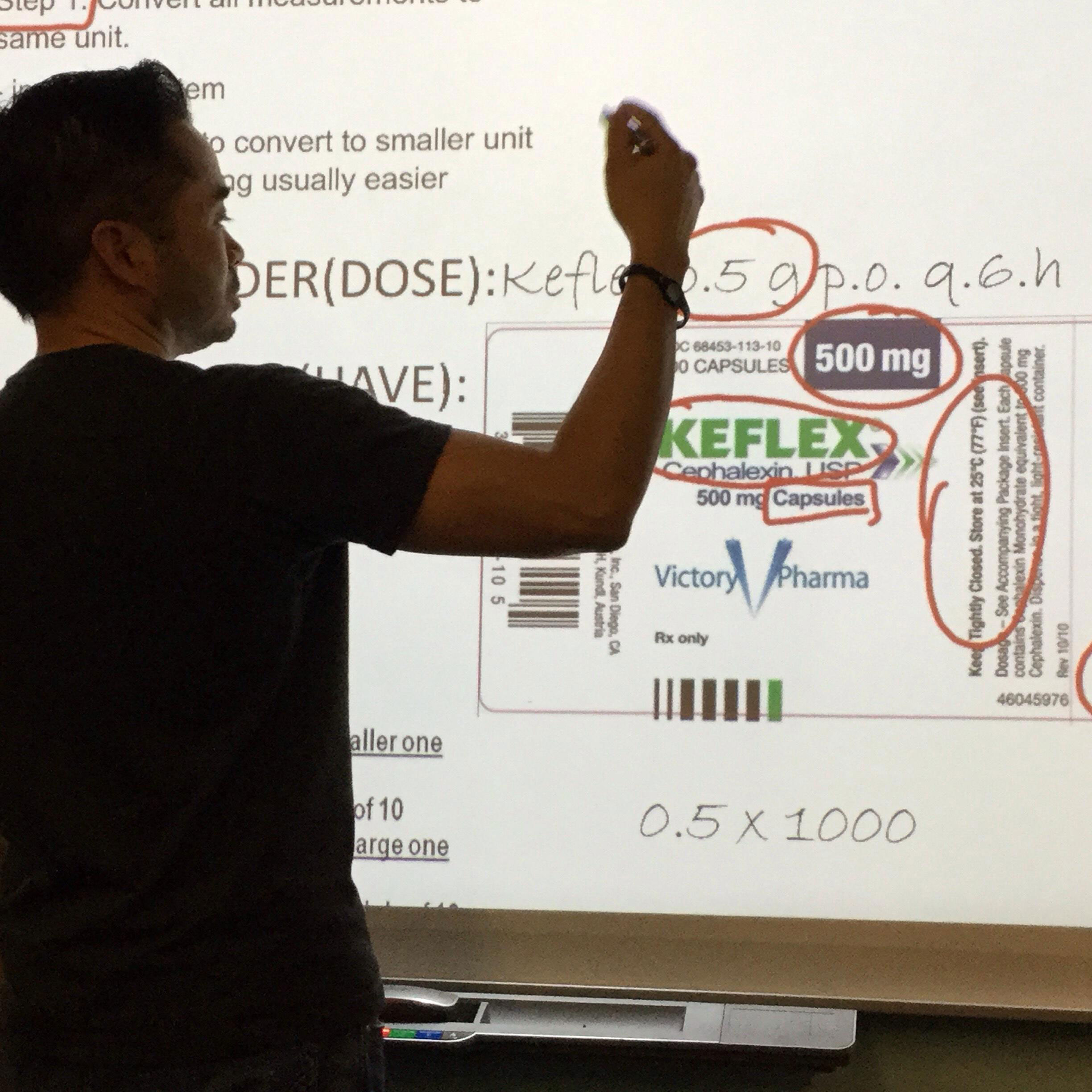Creating a website and maintaining it is a difficult task on its own, but Visitor Experience, and getting website visitors to do what you want is even harder. The purpose of a website is not just to provide information about your business, but to increase your customer base and profit. The goal isn’t to see how many people you can get to visit your website, but to turn as many of those visitors into customers. Adding items to their cart is great, but if they don’t go through with the purchase it does you no good. In order to steer customers in the right direction you need to pay attention to three elements: design, incentives, and contact.
Effective Design
The way you design your website can make all the difference. If you have poor design, you will get poor results. Design is a very general term and to break it up a little more you should focus on these key areas.
- Typography
The text you have on your website is important. If you don’t get your idea across in a simple manner, you are going to confuse or lose people. The actual content must be clear and direct, but typography is all about how you display the text and create a positive Visitor Experience. It deals with fonts, text size, color, spacing, and everything visual about your text. Pick a font that is legible and appropriate. Fonts create different meanings and if you don’t choose the right one, it can discourage people from staying on your site. For example, if you are a professional law firm, you wouldn’t want to choose a cutesy curly looking font, it sends the wrong message. On the same note, text size must be big enough to easily read, but not too large that it looks as if you are shouting. Be careful what colors you choose. You don’t want bright yellow text on a white background because no one will be able to read it. Neutral colors like black and gray tend to work best in professional settings and if you have a more casual and fun business, it may be okay to be more colorful. If you want something to stand out, the use of bold and italicized text can help, but don’t use it for the entire website.
- Imagery
Images can make your website look better, but if they are used incorrectly it can also hurt you. Cluttering your website with images is a no-no, so use them appropriately. On the same note, make sure images correspond to the text and convey the same message and not ruin the Visitor Experience. Images that contradict what is written out, is very confusing and unprofessional. Images and symbols can complement your copy if used correctly. For instance, you may have a shopping cart icon next to the cart button. This way, people can either read the word cart, or just identify it by the picture.
- User Interaction
This consists of the site navigation, buttons, forms, and the overall layout of your website. You can have all the right words and images, but there is so much more to consider. Google has performed Eye-Tracking studies in order to see what part of the page people tend to focus on more often. More information on these studies can be found here, but the point is that placement makes a difference. There are certain aspects of a website that get more traffic than others and areas that are seen more easily than others. For example, on the home page you want to have the most important information above the scroll. You must understand what your audience wants and then give it to them. For example, Newegg.com knows that people like to see what everyday people have to say about a product. Using this information, they put user ratings on their website and made it the highlight on most of their pages. They even designed a whole campaign around it. Something that YouTube does well is their ability to encourage people to stay on their site. They do this by showing related videos on the side panel and at the end of the video they have chosen to watch. This tactic can also be done with e-commerce sites by displaying similar items on the side of the website. For example, if someone clicks on shampoo, it may be a good idea to show other shampoos that are similar or products that could be used with it like conditioner or a hair dryer. Anything that encourages visitors to stay on your site and make a purchase is a plus. This all boils down to making the best user experience.
Give Incentives
If people have a reason to visit your site or shop with you, they will. One way you can encourage visitors to purchase from you is to add incentives. There are a few forms of incentives which are outlined below.
- Freebies/Gifts
Everyone likes free stuff so give away something free to lure someone in. For example, if someone purchases 2 pounds of coffee they get a free travel mug. You can also offer free shipping if the customer buys a certain dollar amount. Another option, is to use free things to obtain information or contacts. If someone fills out a basic survey and puts their e-mail address they will get a free t-shirt or sample of your product. This is a win win for both parties and can help you form an e-mail list for future contact.
- Discounts/Coupons
Some people may not normally visit your site, but if they see a coupon or a discount they may be more willing to purchase. Consider putting offers on websites like livingsocial and GroupOn. You can also create Internet ads stating the sale and offer some type of code to type in order to receive it. This may seem to only get people interested initially, but once they have used your product or service and had a pleasurable experience, they could become a frequent customer. A discount could also be given to those who subscribe to your e-mail list or refer a friend.
- Reward System
Make your website more interactive by rewarding customers for what they do on your website. One way to do this is to come up with a point system. Each product would be worth a certain amount of points and you gain these points when you purchase it. Once you have a certain amount of points you can redeem them for free merchandise or discounted prices. Design the point system to be unique to your business. You don’t have to call them points you could call them, stars, badges, bucks, whatever you want. You could offer points for answering surveys that would help you target your audience more effectively. You could even give points to those who like/follow your social media page or share your website to a friend.
Stay in Touch
You may have a steady flow of orders, but are they going to come back again? Getting a customer is a good thing, but having a loyal following is what keeps you in business. Hopefully you have gathered e-mail addresses and managed to get a decent following on social media, because these are important ways to keep in touch with your customers. Sending out e-mail periodically to these contacts letting them know about sales, events, and news going on with your company can help increase business. Don’t send e-mails out too frequently or it will agitate your recipients, and always make sure to include a link at the bottom if they wish to unsubscribe from your list. Add interesting content on your social media pages that get people talking. If someone responds to your posts, be sure to comment back and keep the conversation flowing. Consistent, everyday interaction is necessary in order to keep a constant flow of orders.








